Alexandra Shulman says that she had ‘no desire to write an autobiography’ — so instead she has written about her clothes, and given us some scintillating reading. For despite having edited British Vogue for 25 years, until she retired in 2017, Shulman’s relationship with fashion at times reads less like a love affair than a marital tiff.
Take, for example, the bra, which is the subject of chapter three. ‘There’s a point in most women’s lives when shopping for bras is consigned to one of those special places in hell,’ Shulman writes, revealing that, aged 17, she gave up, and didn’t wear a bra again for 20 years. (‘It wasn’t anything to do with lofty feminist ideals but simply that I hated how they felt.’) She now owns 35 bras, but doesn’t ‘love a single one of them’.
The bikini has also caused upsets (‘body hair and I have a negotiated relationship’); and a psychotherapist would have plenty to say about her relationship with hats: ‘I very rarely wear hats. There is something about the way they draw attention to the face that makes me feel as if I am showing off.’ Instead, she is happiest in her dun-coloured kitchen apron or a sloppy joe: ‘The big attraction of oversized knits is that they make us small.’
Shulman has never been small — at least not by fashion standards (‘Meet the Vogue editor who’s size 14 — and happy,’,ran a typical interview headline); and it is the incongruity between her public and private selves that forms a central theme of her book. As a child growing up in London (she is the daughter of the late theatre critic Milton Shulman and the etiquette writer Drusilla Beyfus), Alexandra never felt pretty. At dance classes she was ‘allocated the role of thunderstorm when all the other little girls were raindrops’; and by the age of eight she knew that it was her ‘double-E size feet that were barring me from being someone I would have preferred to be’.
The story of how she defied her shoe-size to bag one of the most powerful jobs in fashion should read like the script of a Hollywood movie. But Shulman never relished success. After a rapid rise through the ranks of Tatler and GQ, she became editor of Vogue aged 34. As she recorded in her diary at the time of her appointment: ‘The night before I felt dreadful, waiting for something I didn’t necessarily want to happen.’
On one level, she seems like a bundle of insecurities. ‘Would I always feel under pressure to look wealthier than I was? Was my real life not going to measure up to the person I would be assumed to be?’ are the sort of questions she repeatedly asks herself. She is frightened of flying (‘the kind of fear that wakes you burning with terror for many nights before’); and has never coped well with stress. ‘For years I was claustrophobic, agoraphobic and prone to panic attacks,’ she tells us in a chapter on handbags. (Hers always contained a Valium.) At a dinner hosted in Paris by Karl Lagerfeld, she is seated next to her ‘major movie-star crush’, Richard Gere: ‘According to my diary of that evening, I pathetically fail to say anything other than hello to Gere or he to me. I am always struck completely dumb in the company of anybody famous.’
But one senses that Shulman’s strength lies in a certain insouciance. She seems much less interested in celebrities than she is in her own family, and the chapter on hats contains a diverting passage about her paternal grandfather, a Russian Jewish milliner who died in Toronto during the Spanish flu epidemic. There are also some riveting vignettes about life in the Shulman family home in Belgravia, where her mother (whose books include The English Marriage and Sex: The Done Thing) adhered to an old-fashioned reserve. When Shulman’s first period arrived she had ‘no idea what on earth was happening. We weren’t a family who discussed bodily functions of any kind.’
When she married the journalist Paul Spike at the Kensington and Chelsea Register Office, she invited only her sister and brother-in-law, and broke the news to her parents by a telephone call after the ceremony. ‘Are you crazy?’ was her father’s response. The marriage did not last; and she began a romance with her current partner, David Jenkins, while dressed in a white track suit: ‘Knowing how deeply unattractive he finds my wearing elasticated-waisted, baggy trousers, it is remarkable that the relationship ever began.’
And in many ways it is remarkable that Shulman — with her devotion to kitchen aprons and oversize knits — became the longest serving editor in Vogue’s history. But, as this hugely engaging memoir shows us, the slight lack of polish was always part of her appeal.
Got something to add? Join the discussion and comment below.
Get 10 issues for just $10
Subscribe to The Spectator Australia today for the next 10 magazine issues, plus full online access, for just $10.
You might disagree with half of it, but you’ll enjoy reading all of it. Try your first month for free, then just $2 a week for the remainder of your first year.

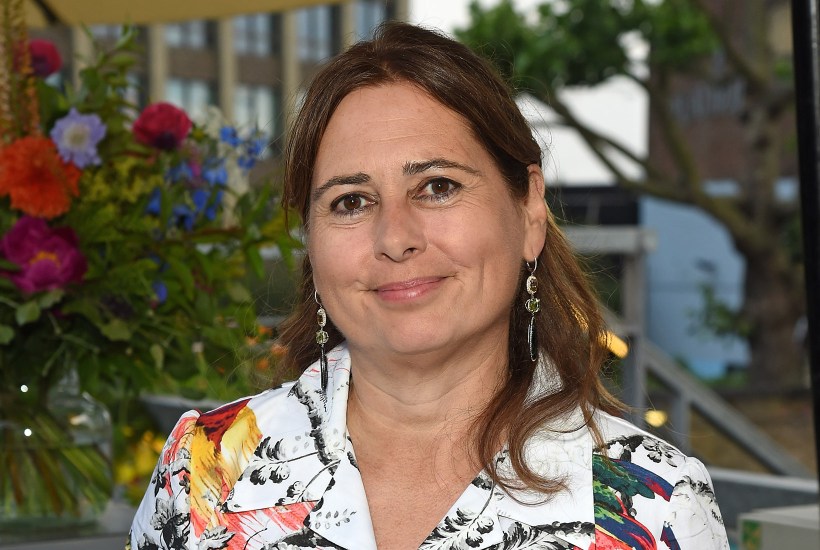
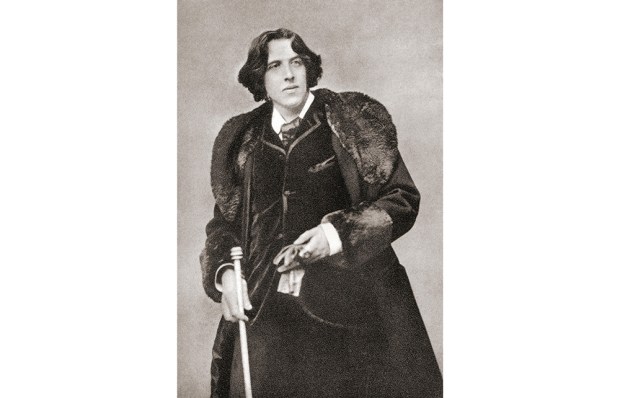
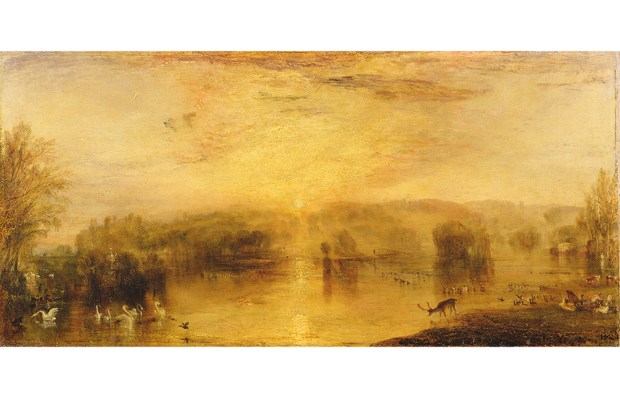
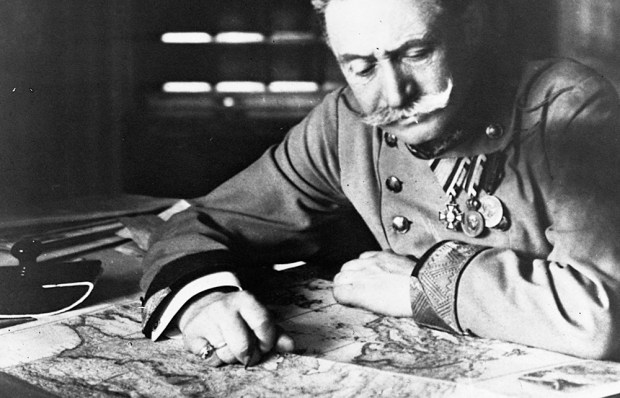
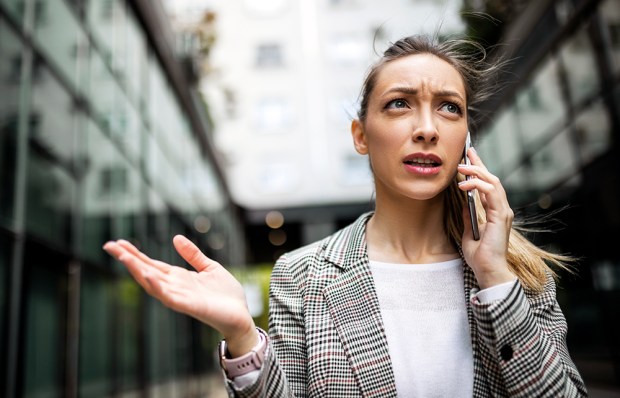
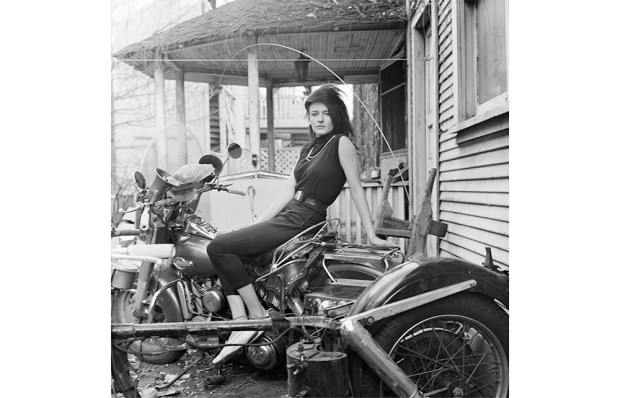
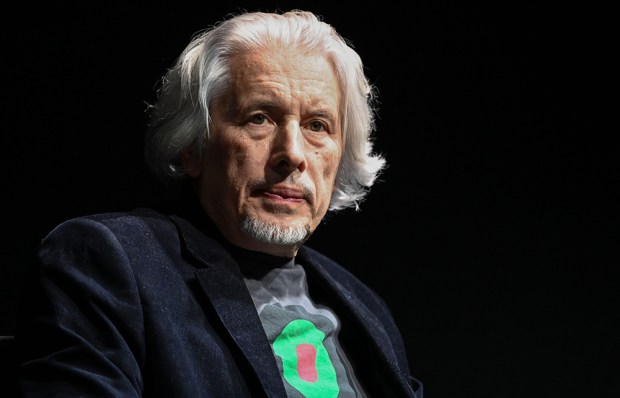






Comments
Don't miss out
Join the conversation with other Spectator Australia readers. Subscribe to leave a comment.
SUBSCRIBEAlready a subscriber? Log in